Rising Healthcare Expenditure
Rising healthcare expenditure in India is a significant driver for the mrsa drugs market. As the country experiences economic growth, healthcare spending is projected to increase, with estimates suggesting a rise to approximately $370 billion by 2025. This increase in expenditure allows for greater investment in healthcare infrastructure, including the procurement of advanced medical treatments and drugs. Consequently, hospitals and healthcare facilities are more likely to allocate resources towards acquiring effective MRSA drugs to manage infections. The growing financial commitment to healthcare is expected to create a conducive environment for the expansion of the mrsa drugs market.
Increased Awareness and Education
Increased awareness and education regarding MRSA infections among healthcare professionals and the general public are driving the mrsa drugs market. Campaigns aimed at educating individuals about the risks associated with MRSA and the importance of proper hygiene practices have gained traction. This heightened awareness is likely to lead to earlier diagnosis and treatment of MRSA infections, thereby increasing the demand for effective drugs. Additionally, healthcare providers are focusing on educating patients about the importance of adhering to prescribed antibiotic regimens, which may further stimulate the market as patients seek effective treatment options for MRSA.
Government Initiatives and Funding
Government initiatives and funding aimed at combating antibiotic resistance are playing a pivotal role in shaping the mrsa drugs market. The Indian government has recognized the threat posed by antibiotic-resistant infections and has implemented various programs to address this issue. For example, the National Action Plan on Antimicrobial Resistance outlines strategies to promote research, surveillance, and the development of new antibiotics. Such initiatives are likely to enhance the research landscape and provide financial support for the development of MRSA drugs, thereby fostering growth in the market. The commitment of the government to tackle this public health challenge is expected to yield positive outcomes for the industry.
Growing Incidence of MRSA Infections
The rising incidence of MRSA infections in India is a critical driver. Reports indicate that the prevalence of MRSA in healthcare settings has increased, with studies suggesting that approximately 30% of staphylococcal infections are caused by MRSA. This alarming trend necessitates the development and availability of effective MRSA drugs to combat these infections. Hospitals and healthcare facilities are increasingly prioritizing infection control measures, which in turn drives the demand for innovative treatment options. The growing burden of MRSA infections is likely to propel the market forward, as healthcare providers seek to implement effective therapeutic strategies to manage and treat these resistant strains.
Advancements in Pharmaceutical Research
Advancements in pharmaceutical research are significantly influencing the mrsa drugs market. The emergence of new technologies and methodologies in drug development has led to the discovery of novel antibiotics and treatment modalities. For instance, the introduction of targeted therapies and biologics has shown promise in treating MRSA infections. Furthermore, the Indian pharmaceutical industry is increasingly investing in research and development, with expenditures reaching approximately $2.5 billion in recent years. This investment is expected to yield innovative solutions that address the challenges posed by antibiotic resistance, thereby enhancing the availability of effective MRSA drugs in the market.


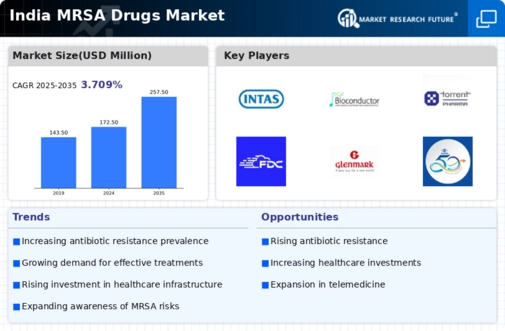

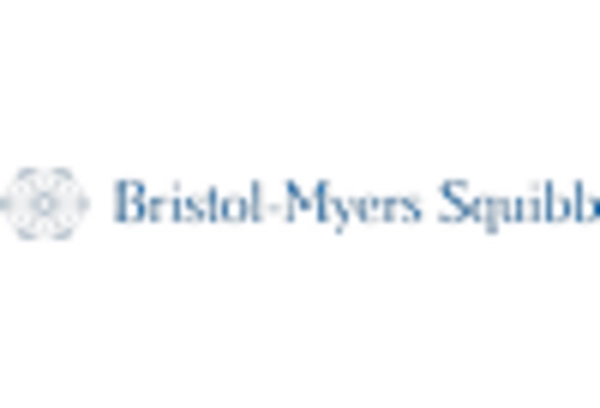
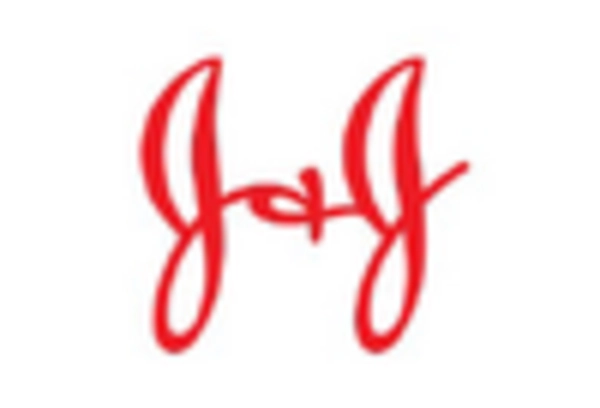
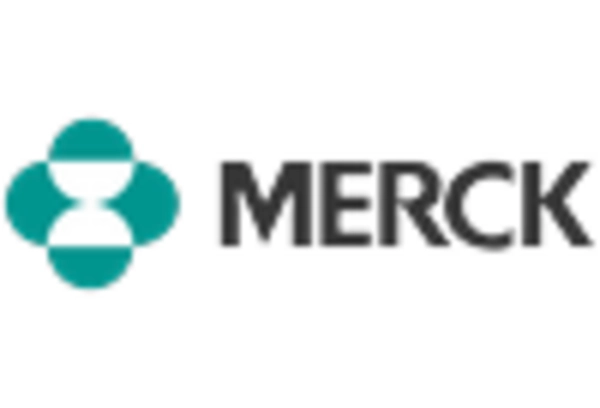
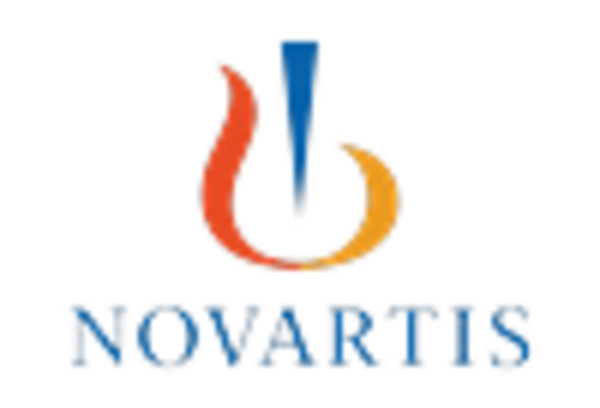
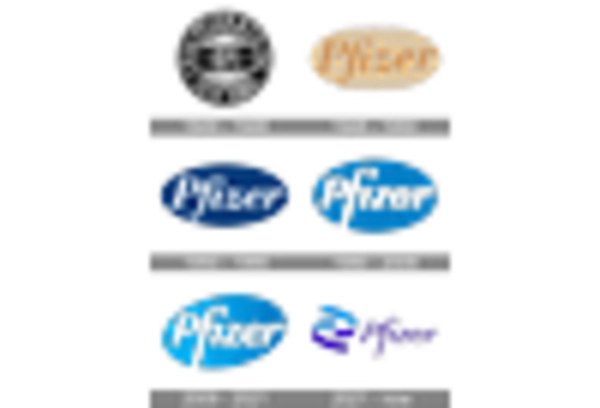








Leave a Comment